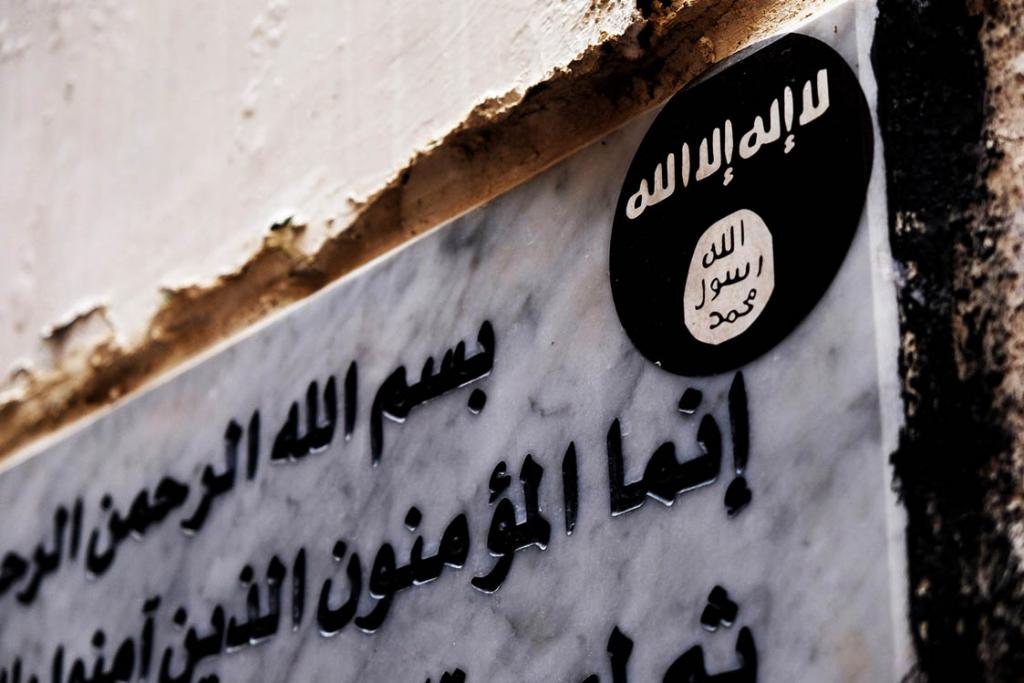History shows that IS retains a remarkable ability to survive in the face of territorial defeats and leadership decapitation. In 2010, it faced a similar situation: after gaining control of swaths of Iraq, IS was pushed back to a few kilometers of territory in Mosul and lost its two leaders in US-led military operations.
IS learnt from this 2010 defeat. It published a critical self-appraisal of its previous organisational capacity and created a new decentralised organisational structure. It also adopted a more flexible modus-operandi allowing it to exploit structural governance and sectarian issues in Iraq and Syria, as well as external events, in order to establish a five-year caliphate across Iraq and Syria.
These structural issues that allowed IS to re-emerge remain unresolved across the region. Amongst the most prominent are Iraqi Sunni grievances against the sectarian Iraqi government, in addition to ongoing conflict that has displaced and marginalised entire populations. These conditions allow IS to present itself and often be accepted as the legitimate defender of the Sunni population against both the Shia Iraqi regime and Alawi Bashar al-Assad’s regime, respectively.
IS also remains popular amongst specific Iraqi and Syrian communities for its governance effectiveness. IS often provided better levels of public safety, security and public services in comparison to previous regimes and governments, a period of governance that is often looked back upon with some nostalgia compared to what proceeded and succeeded it. As a former female resident of Mosul stated: “I hated IS’s laws, I wanted to smoke and go to university. But at least I could walk outside without being scared of being killed or kidnapped – something I haven’t experienced before”.
An entire generation of Iraqis and Syrians have likewise been exposed and often indoctrinated to IS’s ideology through both its forced and voluntary education programmes. In many areas, IS had a Ministry of Education (Diwan al-Talim) that exclusively taught an IS-approved curriculum by teachers who were forced to attend IS’s mandatory re-education courses. There has been little alternative education or other forms of assistance for this generation of IS students. Tens of thousands of them remain in Iraq and Syria, frequently ostracised for their links to IS, who could easily join the group and take up the call to re-establish the caliphate.
There are a number of mooted directions that IS could take after the death of al-Baghdadi, including greater autonomy for its regional provinces, announcing a new caliphate or even a possible alliance with Al Qaeda.
The loss of the caliph is certainly a symbolic defeat for IS and the subsequent targeting of IS leadership could result in short-term operational challenges. But the continued warfare, sectarian government policies and weak governance in Iraq and Syria are advantageous for IS, who have historically been adaptable, patient and adept in exploiting any external opportunities to re-emerge.
Matthew Bamber is a Doctoral Researcher at the Centre on Conflict, Development and Peacebuilding and a PhD candidate in International Relations/Political Science. His doctoral project focuses on the governance and state building of the Islamic State, and is based on extensive interviews with IS members, former residents of IS-territories and governing documents released by IS’s institutions.
Photo: An Islamic State flag sticker placed on the main plaque of a mosque in Tripoli, Lebanon.
Photo credit: Jonathan Luke Austin


